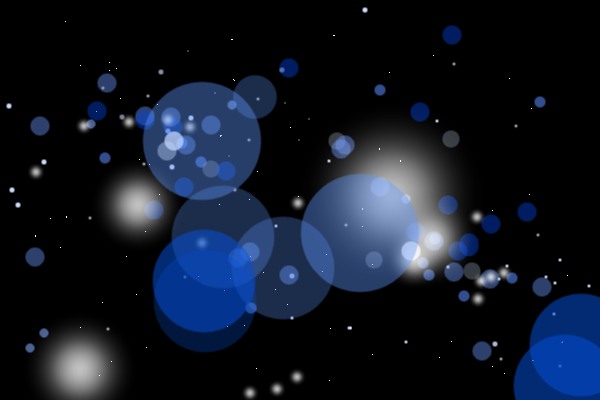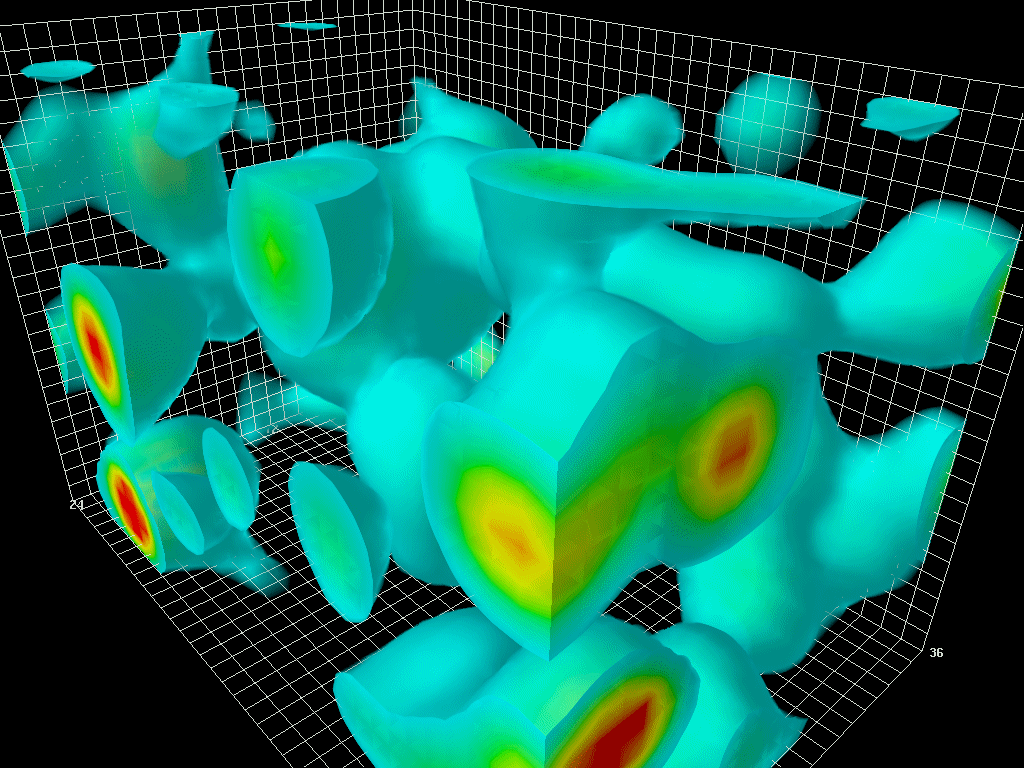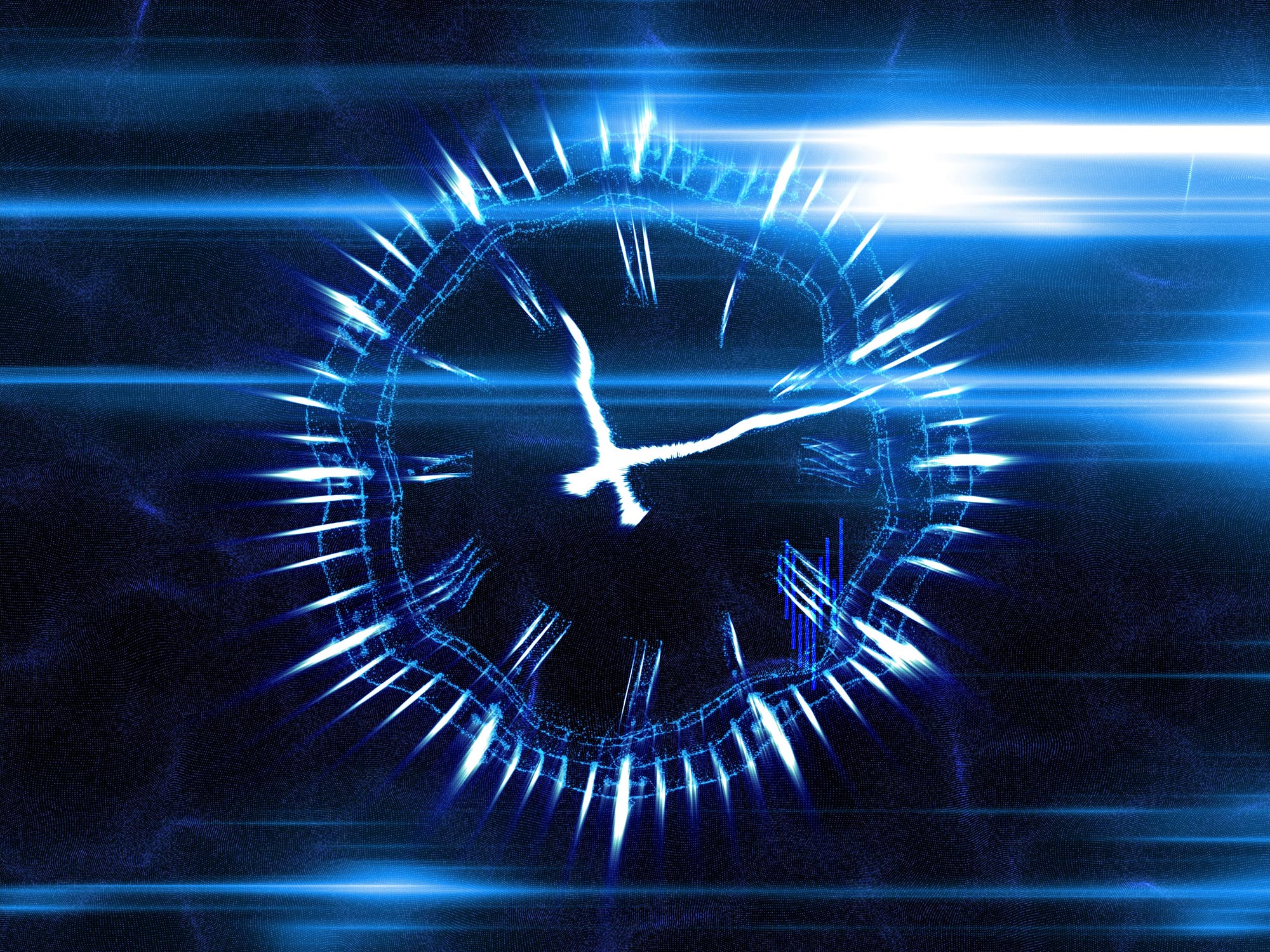BackAgain
Neutronium Member & truth speaker #StopBrandon
That’s nonsensical.I already told you.
There's no such thing as "nothing".
Another vague way of reasserting your claim, but absent much meaning.You're stuck in linear thinking.
Not really. If one thing can’t happen without a certain condition being filled, it’s not simply a matter of “expectations.” And it’s also unclear what you mean when you speak of “linear.”"Causality" is a linear concept. It's defined in terms of conditional expectations.
I will check it.Check "Granger causality".
Sounds cool. Also sounds like absolutely meaningless mumbo jumbo.What you're asking about, is explained by something called "partitions of zero" (or sometimes, partitions of the origin).
Actually, that’s untrue. They may not be eternal, but closed systems certainly exist. And of course we use them and depend upon them quite often.Ultimately this train of thought boils down to a question of what constitutes "the system", and the answer is, nothing exists in isolation. In real life there's no such thing as a closed system.
I don’t suggest we’d want to do this. But if you pour pure salt or whatever into a glass bottle and properly seal the lid and put that now sealed bottle into another container which has all the air removed from it and is itself also then sealed, and you lock that set of containers in a safe which is also vacuum sealed … (whew) …
And a couple of hundred years later a future scientist carefully opens the safe, the sealed vacuum box will still be there. And within it will be the sealed bottle. And within that will be the substance you originally sealed in the jar. None of it will have escaped. Nothing will have been added. Why? Because those systems were closed.
So yeah, maybe there was something "before", but maybe not.
“Maybe.” “Maybe not.”
If the Big Bang created space/time/matter/energy then there still had to have been some instant before there was time. A time before time can’t be measured using time I guess. But there had to have been something prior to the creation of time itself
That certainly clears that up.
We live in time. So, it exists.Maybe time is compactified and the end joins the beginning like a circle. There are viewpoints that say time doesn't exist "at all", it's just an artifact.
And if time is a closed circle, that’s all well and good. I guess. But where did that circle come from?






